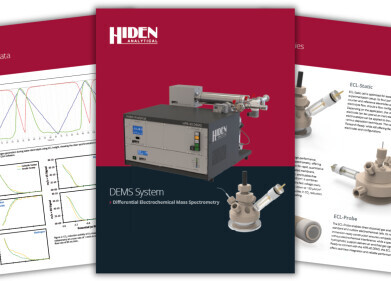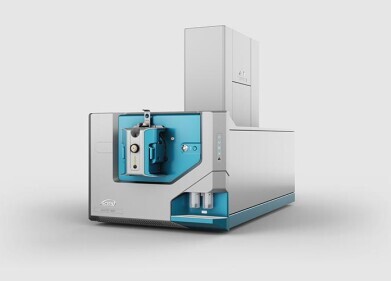Mass spectrometry & spectroscopy
Mass Spectrometry Solutions helps Researchers Solve a Mystery about Type 2 Diabetes Drug
Nov 27 2013
Researchers from St Vincent’s Institute of Medical Research in Melbourne, Australia, in collaboration with researchers at McMaster University in Canada, are reportedly the first to discover how the type 2 diabetes drug metformin actually works, providing a molecular understanding that could lead to the development of more effective therapies. Mass spectrometry technologies from AB Sciex played a critical role in the analysis that led to this breakthrough finding. The research is published in the journal Nature Medicine.
Doctors have known for decades that metformin helps treat type 2 diabetes. However, questions had lingered for more than 50 years whether this drug, which is available as a generic drug, worked to lower blood glucose in patients by directly working on the glucose.
“Fat is likely a key trigger for pre-diabetes in humans,” said Professor Bruce Kemp, PhD, the Head of Protein Chemistry and Metabolism at St. Vincent’s Institute of Medical Research. “Our study indicates that metformin doesn’t directly reduce sugar metabolism, as previously suspected, but instead reduces fat in the liver, which in turn allows insulin to work effectively.”
The breakthrough in pinning down how the drug functions began with the researchers making genetic mutations to the genes of two enzymes, ACC1 and ACC2, in mice, so they could no longer be controlled. What happened next surprised the researchers: the mice didn’t get fat as expected, but Associate Professor Gregory Steinberg, PhD at McMaster University noticed that the mice had fatty livers and a pre-diabetic condition. Then the researchers put the mice on a high fat diet and they became fat, while metformin did not lower the blood sugar levels of the mutant mice.
For the research conducted by the Australian and Canadian researchers, the analysis at the molecular level was optimised on AB Sciex instrumentation, including the AB Sciex TripleTOF® 5600 and the AB Sciex QTRAP® 5500 system. The TripleTOF system, with its high-speed, high-quality MS/MS capabilities, was used for the discovery of key proteins and phosphopeptides. The QTRAP system, with its high sensitivity MRM (multiple reaction monitoring) capabilities, was used for quantitation of metabolites, including nucleotides and malonyl-CoA.
Digital Edition
Lab Asia Dec 2025
December 2025
Chromatography Articles- Cutting-edge sample preparation tools help laboratories to stay ahead of the curveMass Spectrometry & Spectroscopy Articles- Unlocking the complexity of metabolomics: Pushi...
View all digital editions
Events
Jan 21 2026 Tokyo, Japan
Jan 28 2026 Tokyo, Japan
Jan 29 2026 New Delhi, India
Feb 07 2026 Boston, MA, USA
Asia Pharma Expo/Asia Lab Expo
Feb 12 2026 Dhaka, Bangladesh



















